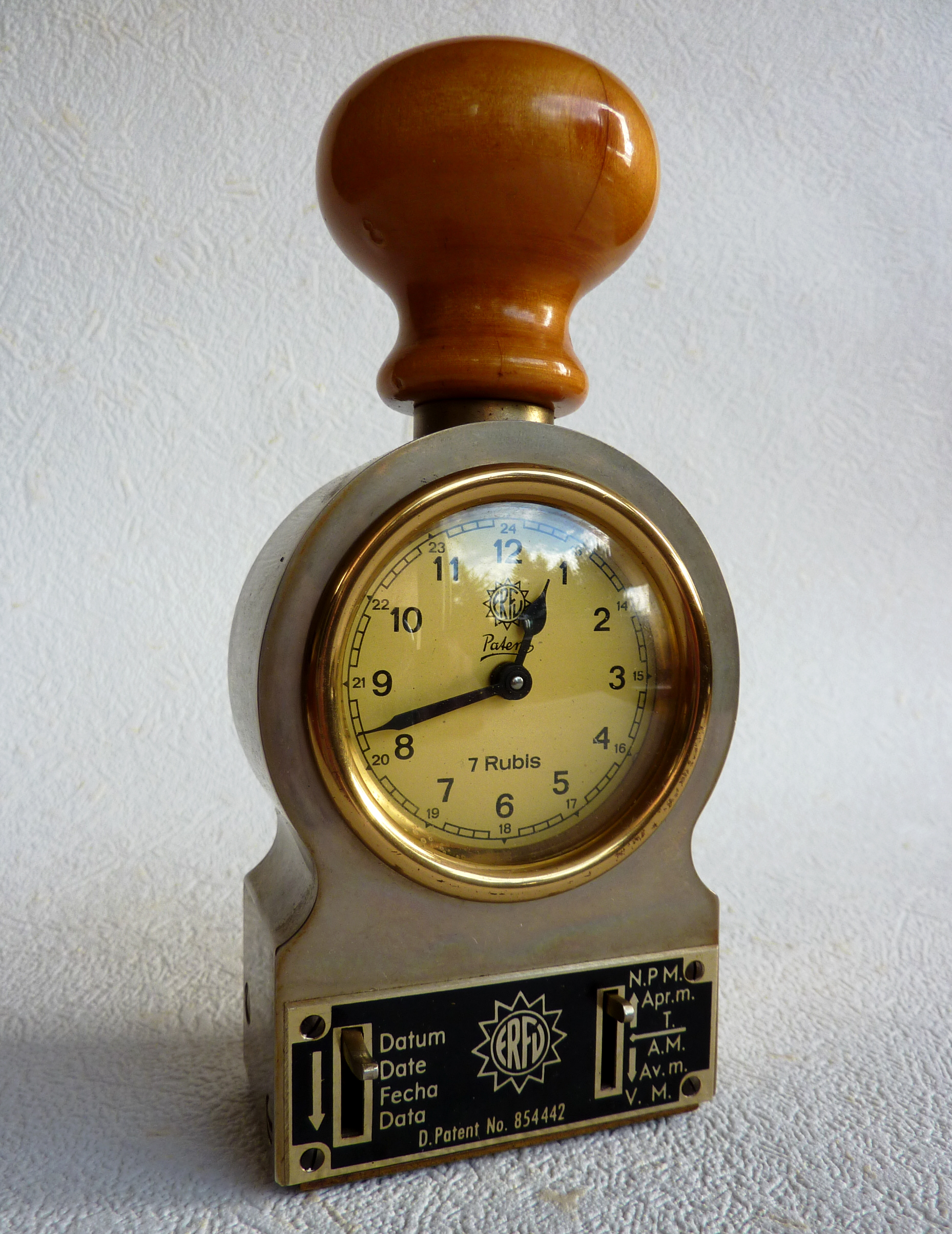Trusted time-stamping can be very useful, but it is crucial to understand what it can prove and what it cannot prove. Timestamping can only prove that the time-stamped data, such as a photo, a video, pdf, etc. already existed in the very moment it was time-stamped.
So what are potentially suitable use-cases for time-stamping?
– When you hire a rental car or move into a new flat and want to document pre-existing damage.
– When you use a dashcam camera that time-stamps the video stream in real time.
– When you want to prove that you already knew something at a certain point in time.
However, just having a time-stamp of an idea doesn’t automatically prove authorship. If person A tells person B about an idea, person B could still time-stamp the idea and claim it was their idea. Therefore, don’t share an idea without time-stamping it first.
It is also possible to take a photo, manipulate it, and subsequently time-stamp it. A time-stamped photo doesn’t mean that is hasn’t been tampered. You would have a valid time-stamp of a manipulated photo.
There is no easy answer to the question of whether a time-stamp would be accepted in court. There were cases when they were accepted as proof, but this doesn’t mean that every court will accept blockchain-based time-stamps as this is usually up to the judge.
